-
 bitcoin
bitcoin $122659.385674 USD
0.52% -
 ethereum
ethereum $4484.113342 USD
-0.09% -
 bnb
bnb $1304.229256 USD
-0.85% -
 tether
tether $1.000204 USD
-0.03% -
 xrp
xrp $2.860636 USD
-0.51% -
 solana
solana $227.288799 USD
2.36% -
 usd-coin
usd-coin $0.999805 USD
0.01% -
 dogecoin
dogecoin $0.252837 USD
1.18% -
 tron
tron $0.341149 USD
1.12% -
 cardano
cardano $0.830507 USD
0.33% -
 hyperliquid
hyperliquid $45.792319 USD
0.04% -
 chainlink
chainlink $22.422164 USD
1.55% -
 ethena-usde
ethena-usde $1.000283 USD
0.01% -
 sui
sui $3.511389 USD
0.83% -
 stellar
stellar $0.385276 USD
-0.44%
how mining blockchain
Mining blockchain involves verifying transactions by solving mathematical puzzles with specialized hardware, leading to rewards in the form of cryptocurrency.
Oct 15, 2024 at 06:18 am
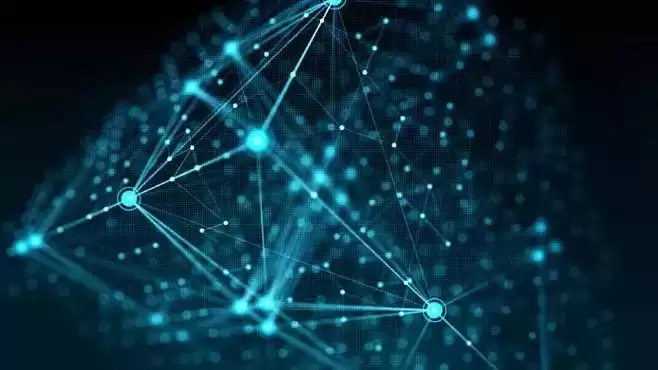
How to Mine Blockchain
Blockchain mining is the process of verifying and adding new transactions to the blockchain ledger. Miners use specialized computers to solve complex mathematical problems in order to earn rewards in the form of cryptocurrency.
Steps to Mine Blockchain
- Acquire the necessary hardware. Mining cryptocurrency requires specialized hardware, such as an ASIC (application-specific integrated circuit) miner or a GPU (graphics processing unit). ASIC miners are more efficient but also more expensive than GPUs.
- Join a mining pool. Mining solo is difficult and unlikely to be profitable. Instead, most miners join mining pools, which combine the computing power of multiple miners to increase the chances of solving blocks.
- Download mining software. There are a variety of mining software programs available, such as CGMiner, EasyMiner, and Bitminter.
- Configure your mining software. You will need to configure your mining software with your pool information, wallet address, and other settings.
- Start mining. Once your mining software is configured, you can start mining by clicking the "Start" button.
Types of Blockchain Mining
There are two main types of blockchain mining:
- Proof of Work (PoW): PoW is the most common type of blockchain mining. Miners compete to solve complex mathematical problems. The first miner to solve a block receives a reward in the form of cryptocurrency.
- Proof of Stake (PoS): PoS is a more energy-efficient type of blockchain mining. Miners stake their cryptocurrency in order to validate transactions. The more cryptocurrency a miner stakes, the more likely they are to be selected to validate a transaction and earn a reward.
Choosing the Right Mining Pool
When choosing a mining pool, there are a few factors to consider:
- Size: The size of the pool determines how often you will earn rewards. Larger pools have more miners and generate more blocks, but they also have more competition.
- Fees: Some pools charge a fee for their services. These fees can vary from pool to pool.
- Reputation: It is important to choose a pool with a good reputation. There are many scams in the cryptocurrency mining industry, so it is important to do your research before choosing a pool.
Mining Rewards
The rewards for mining cryptocurrency vary depending on the coin being mined and the difficulty of the blockchain. Rewards are typically paid in the form of the cryptocurrency that is being mined.
Conclusion
Blockchain mining is a complex and competitive process. However, it can be a profitable way to earn cryptocurrency. By following the steps outlined in this article, you can start mining blockchain today.
Disclaimer:info@kdj.com
The information provided is not trading advice. kdj.com does not assume any responsibility for any investments made based on the information provided in this article. Cryptocurrencies are highly volatile and it is highly recommended that you invest with caution after thorough research!
If you believe that the content used on this website infringes your copyright, please contact us immediately (info@kdj.com) and we will delete it promptly.
- Bitcoin Cash, Trust, and Prime Brokers: A New Era of Transparency?
- 2025-10-10 06:45:16
- Ripple's Stablecoin Expansion: Bahrain, Web3, and RLUSD's Big Push
- 2025-10-10 06:25:13
- Memecoin Trader's Success: Riding the Crypto Wave Like a Pro
- 2025-10-10 06:25:13
- Dogecoin, Shiba Inu, AlphaPepe: Meme Coin Mania Heats Up!
- 2025-10-10 07:05:14
- Chainlink, Jovay Network, and Integration: A New Era of Decentralized Finance?
- 2025-10-10 07:05:14
- Aave & Blockdaemon: Powering Institutional DeFi Participation
- 2025-10-10 06:45:16
Related knowledge
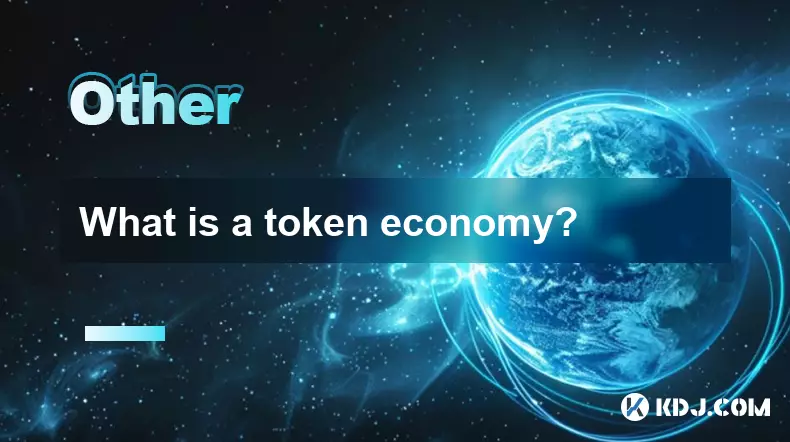
What is a token economy?
Sep 20,2025 at 12:18am
Understanding the Foundations of a Token Economy1. A token economy in the context of cryptocurrency refers to a system where digital tokens are used a...
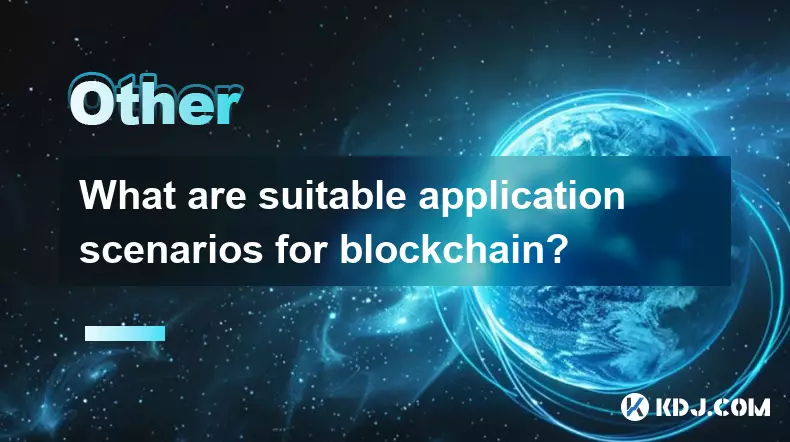
What are suitable application scenarios for blockchain?
Sep 20,2025 at 03:19am
Decentralized Finance (DeFi) Platforms1. Blockchain enables the creation of financial services without centralized intermediaries, allowing users to l...
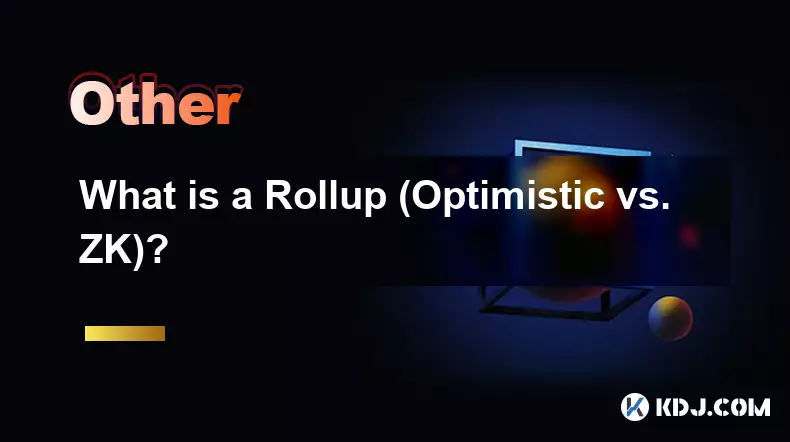
What is a Rollup (Optimistic vs. ZK)?
Sep 22,2025 at 03:00pm
Understanding Rollups in Blockchain Technology1. Rollups are layer-2 scaling solutions designed to increase transaction throughput on blockchains like...
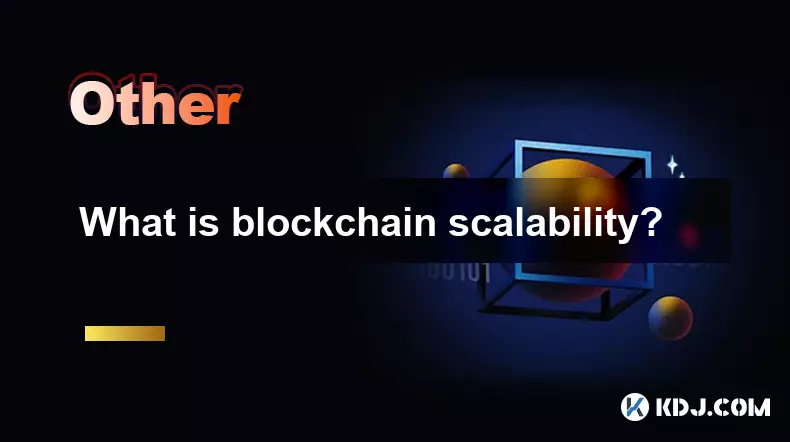
What is blockchain scalability?
Sep 19,2025 at 06:18am
Understanding Blockchain Scalability1. Blockchain scalability refers to a network's ability to handle an increasing number of transactions without com...
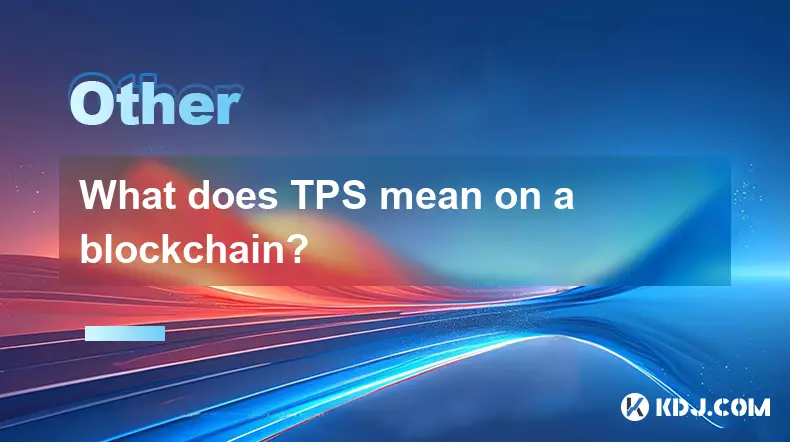
What does TPS mean on a blockchain?
Sep 21,2025 at 09:54am
Understanding TPS in Blockchain Technology1. TPS stands for Transactions Per Second, a metric used to measure the number of transactions a blockchain ...
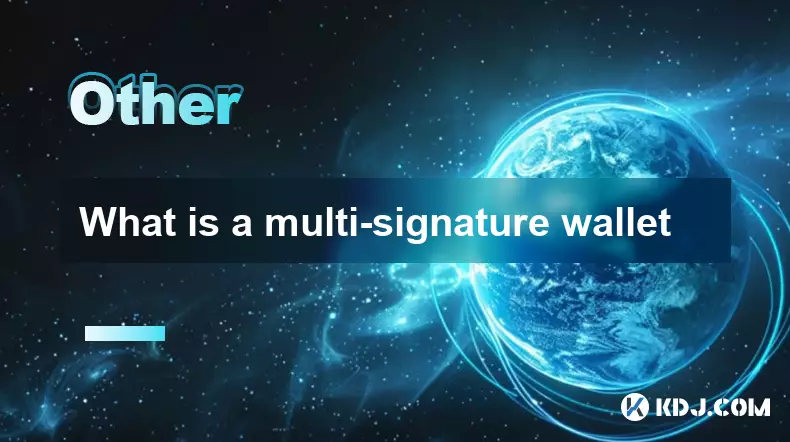
What is a multi-signature wallet
Sep 20,2025 at 07:00am
Understanding Multi-Signature Wallets in Cryptocurrency1. A multi-signature wallet, often referred to as a multisig wallet, is a type of cryptocurrenc...

What is a token economy?
Sep 20,2025 at 12:18am
Understanding the Foundations of a Token Economy1. A token economy in the context of cryptocurrency refers to a system where digital tokens are used a...

What are suitable application scenarios for blockchain?
Sep 20,2025 at 03:19am
Decentralized Finance (DeFi) Platforms1. Blockchain enables the creation of financial services without centralized intermediaries, allowing users to l...

What is a Rollup (Optimistic vs. ZK)?
Sep 22,2025 at 03:00pm
Understanding Rollups in Blockchain Technology1. Rollups are layer-2 scaling solutions designed to increase transaction throughput on blockchains like...

What is blockchain scalability?
Sep 19,2025 at 06:18am
Understanding Blockchain Scalability1. Blockchain scalability refers to a network's ability to handle an increasing number of transactions without com...

What does TPS mean on a blockchain?
Sep 21,2025 at 09:54am
Understanding TPS in Blockchain Technology1. TPS stands for Transactions Per Second, a metric used to measure the number of transactions a blockchain ...

What is a multi-signature wallet
Sep 20,2025 at 07:00am
Understanding Multi-Signature Wallets in Cryptocurrency1. A multi-signature wallet, often referred to as a multisig wallet, is a type of cryptocurrenc...
See all articles





















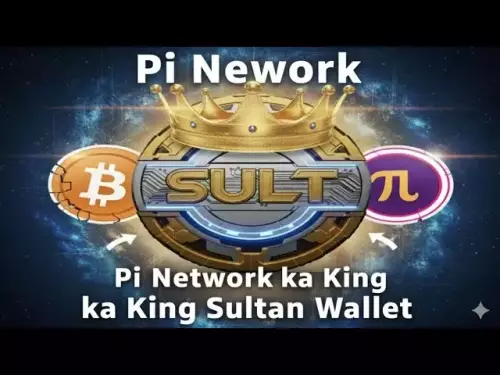



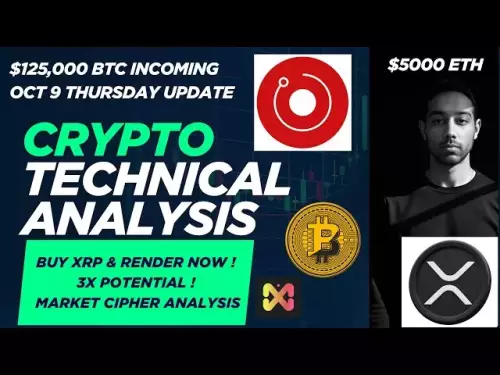
![🚨IS VECHAIN (VET) A DEAD COIN ?? PRICE ANALYSIS [GET READY NOW] 🚨IS VECHAIN (VET) A DEAD COIN ?? PRICE ANALYSIS [GET READY NOW]](/uploads/2025/10/09/cryptocurrencies-news/videos/vechain-vet-dead-coin-price-analysis-ready/68e7b200b067b_image_500_375.webp)















































